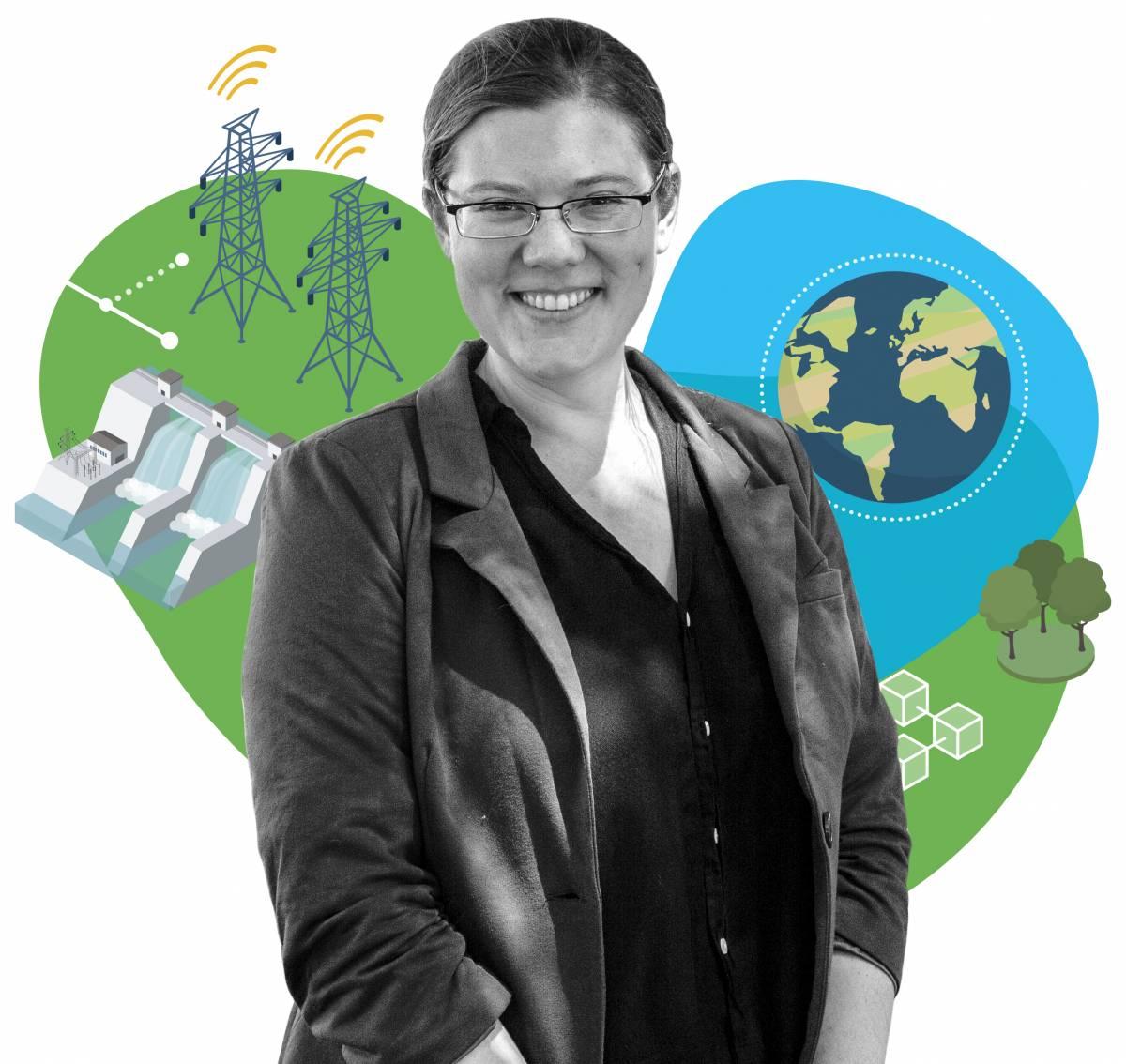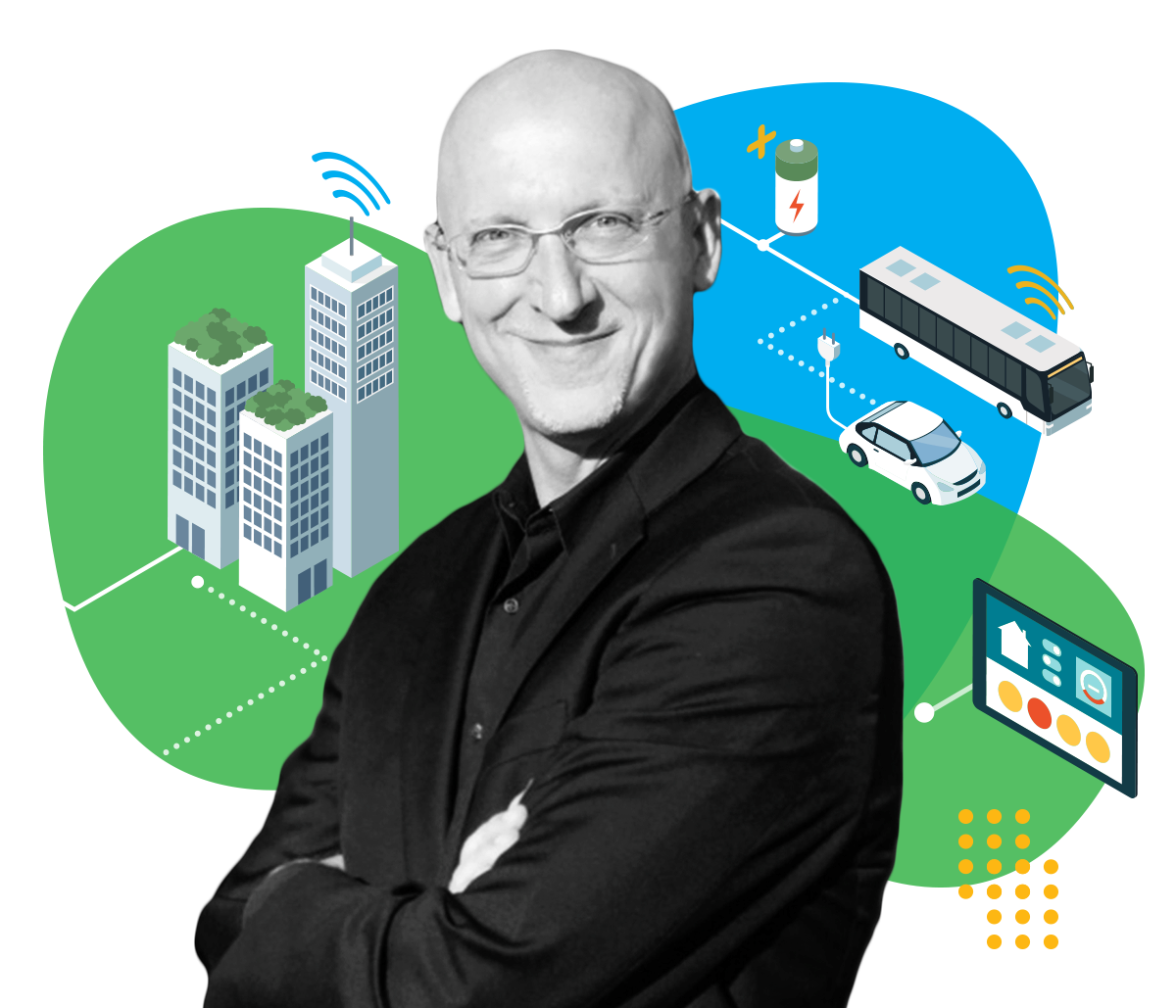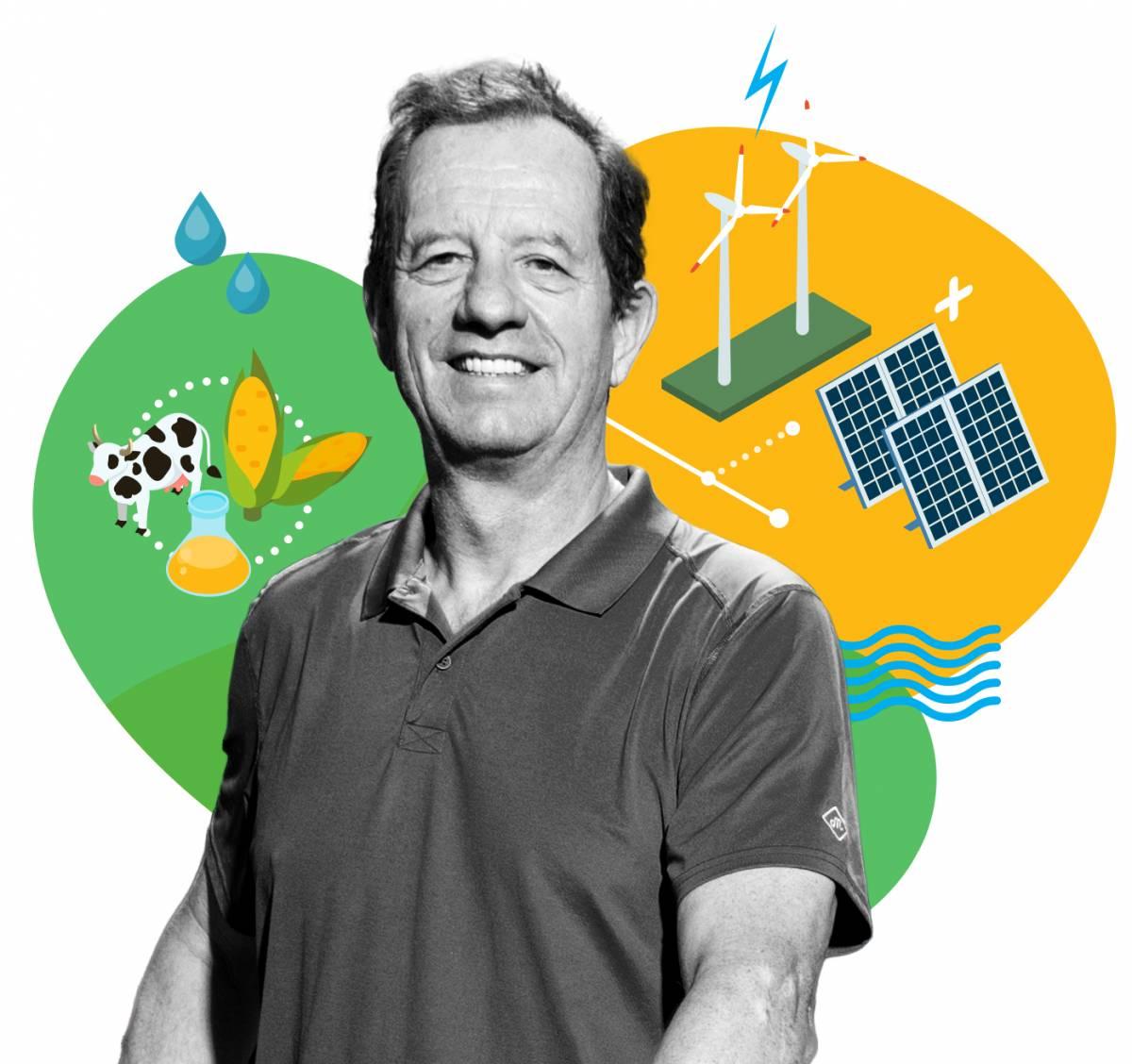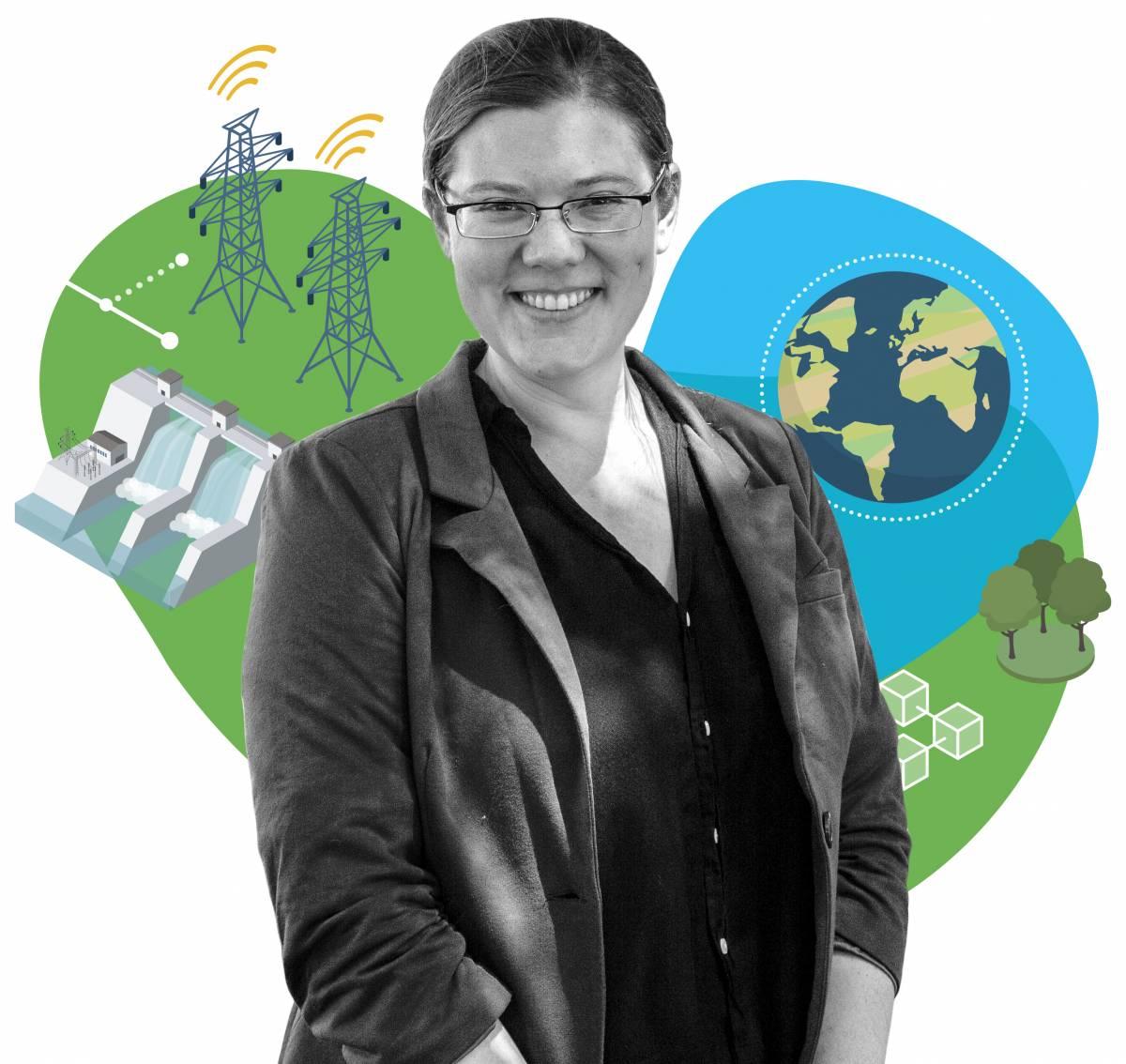Sustainability requires balancing today’s needs with those of future generations

Gone are the days when engineers could narrowly focus on how to solve the challenge of the given moment. As we strain the limits of our planet’s natural resources, engineers in the 2020s must consider how their work will affect people and the planet, not just now, but in the decades ahead.
We asked three faculty members from the School of Civil and Environmental Engineering how they see sustainability affecting the field of engineering in the next 10 years. Here are their perspectives.*Responses have been edited for length and clarity.
“Engineers are the problem solvers on the front lines, trying to balance how we’re consuming resources and living our lives now, and enabling future generations to meet their needs.”
John Taylor • Frederick Law Olmsted Professor
Reducing energy use
We’re studying what happens if people in commercial buildings are more aware of their consumption. We’ve found that just telling someone the number of kilowatt hours of energy they are consuming doesn’t cause a statistically significant change. But if we create a peer network group of coworkers who can actually see each other’s energy use, people significantly reduce their consumption.
By 2030, I think we’ll see broader implementation of cyber-physical systems, where sensors monitor what’s happening within a building and can act to optimize energy consumption. For example, if it’s the end of the day at an office building, the system can notify people to go to a certain area to work, and turn off the lights and HVAC in areas that are less occupied or unoccupied.
Smart cities
An analyst’s report in September 2019 said we can expect 500 Smart City Digital Twins around the world by 2025. (Smart City Digital Twins are computer models that replicate a city’s infrastructure; they’re used to plan and manage systems. The concept originated in Dr. Taylor’s lab at Georgia Tech.) Right now, some smart cities have digital twins of a single system – storm drainage, or energy consumption, or transportation. The important thing is to figure out how these single systems can work together to truly enhance the sustainability, resilience and livability of cities.
People assume that smart cities are sustainable, but I don’t think we can assume that as a city gets smarter it will be more sustainable. I think it’s going to take conscious action. As we develop smart solutions, we have to be sure we are also working toward sustainability goals. If you’re narrowly focused on one goal or the other – coming up with a smart, innovative solution, or being sustainable – you might miss the optimal opportunity, which is the intersection of the two.

“All engineers will be trained to be what we’ll call ‘good engineers.’ We won’t need to call them ‘sustainable engineers.’ We won’t even talk about sustainability. It’ll just become part of the culture.”
John Crittenden • Director, Brook Byers Institute for Sustainable Systems and Georgia Research Alliance Eminent Scholar in environmental technologies
The gigaton problem
For years, engineering research has focused on nanotechnology. But when we talk about sustainability, we’re looking at gigaton (one billion tons) issues that need gigatechnology solutions. The world economy uses about 84 gigatons of material – with only 9 percent of that renewable – the energy equivalent of 16 gigatons of oil, and about 4,000 billion cubic meters of fresh water each year. Cities are responsible for three-fourths of energy use and greenhouse gas emissions. Urban infrastructure systems are the largest systems in which we manipulate matter and energy, so redesigning our cities to be more sustainable is a great target of opportunity.
I think in the next 10 years, we’re going to see significant movement towards infrastructure that uses renewable energy resources. In the United States, California is the leader on this front; they require that all new homes be built with solar panels. Outside the U.S., you can see the progress in countries like Denmark, where 70 percent of their energy needs are met by wind power.
Engineering new foods
With the growing world population, we’ll need to increase the number of calories we produce. Engineers can use artificial intelligence to analyze and replicate animal-based foods using plant proteins. This is crucial, because livestock is an unsustainable food source. It uses about 30 percent of the world’s ice-free land mass, produces about 14 percent of the greenhouse gas emissions and requires large amounts of water and feed.

“As engineers, we have a responsibility to think about how our work is going to influence people and the environment.”
Emily Grubert • Assistant professor, School of Civil and Environmental Engineering
Infrastructure systems
We’re recognizing the effects of the power system and transportation system on climate change, and that’s motivating a transition toward more sustainable systems. In energy, we’re likely to see simultaneous industrialization and de-industrialization – the shutdown of fossil-fuel infrastructure and the building of non-fossil-fuel infrastructure.
In some cases, we’re going to see changes to existing infrastructure, particularly in the operation of things like transmission lines or hydroelectric dams.
All of these are socio-technical systems, and as we make these transitions, the impact will be huge, from the international level all the way down to the local level.
Culture shift
Engineers have long recognized that we have an obligation to make sure that our projects are safe. Most engineers would push back if a client asked them to do something unsafe. I think sustainability is a different form of safety, just on a broader, societal scale.
We’re really starting to understand that we work within social systems, and that we work for people, and we work to protect the public.
